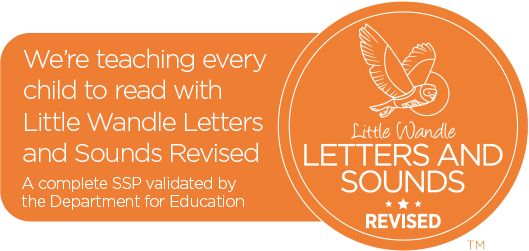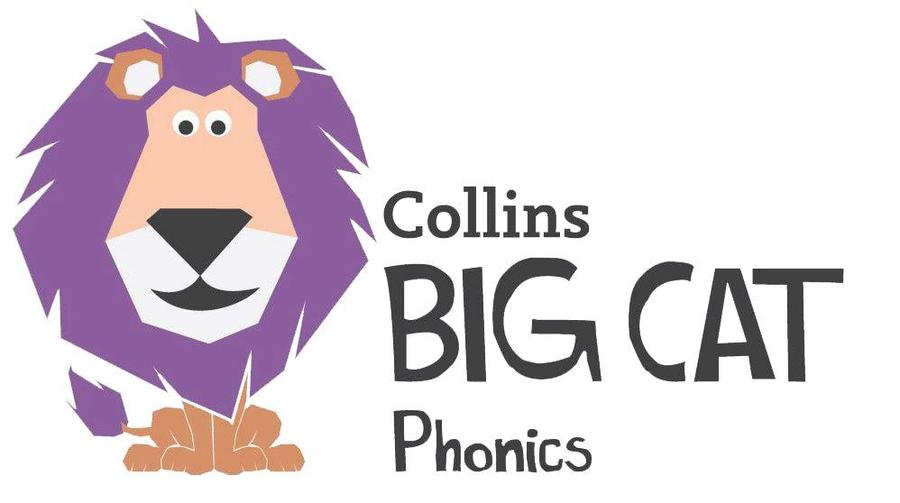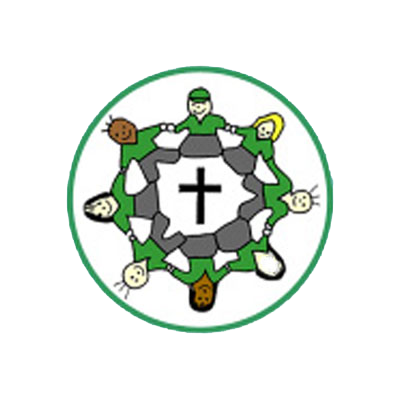English



Home Reading:
EYFS:
In Nursery, children have access to:
- Home learning sacks which contain a focus on a book or reading skills.
- In addition, when children are ready they will be give a home reading book during the summer term to prepare them for Reception.
In Reception, children have access to:
- A reading practice book which is able to be read fluently by the child and matched to their phonic stage.
- A sharing book: this is not a decodable book but is designed to be shared by the parent and child. Parents are encouraged to read and enjoy the book with their child with a focus on discussing the pictures, predicting, exploring character voices, exploring facts within non-fiction and sharing the love of reading together.
KS1:
In KS1, children have access to:
- A reading practice book which is able to be read fluently by the child and matched to their phonic stage.
- A sharing book: this is not a decodable book but is designed to be shared by the parent and child. Parents are encouraged to read and enjoy the book with their child with a focus on discussing the pictures, predicting, exploring character voices, exploring facts within non-fiction and sharing the love of reading together.
- In Y2, where children are fluent readers and no longer access Little Wandle, the children choose their own reaidng books based on their Accelerated Reader colour band and ZPD.
KS2:
- Children will choose their own book to take home based on their Accelerated Reader colour band and ZPD score.
- Children complete a quiz after reading each book and this is recorded in the class reading record.
- Children’s book bands may change after consistent achievement in their quizzes (85% or above).
- Children sit the STAR reading test half-termly and, based on results, their book bands are adjusted accordingly.
- Children will read books from within their numerical range. (Lower end – comfy books; higher end – deep dive/challenge books)
- For further information - please see the documents below.
Phonics:
We believe that for all our children to become fluent readers and writers, phonics must be taught through a systematic and structured phonics programme.
We use the Little Wandle Letters and Sounds Revised to plan and provide daily engaging phonics lessons.
Nursery:
- In the nursery, children follow the Little Wandle Letters and Sounds Revised ‘Foundations for Phonics’ guidance. The focus is on daily oral blending and language development through high quality stories and rhymes.
- Quality continuous provision provides children opportunities for children to practise and apply through practical, hands-on learning experiences indoor and outdoor.
Reception, KS1 & KS2:
- In Reception, Y1 and Y2 where appropriate, children follow the progression within Little Wandle Letters and Sounds Revised programme. Phonics is taught daily and there is a review session on a Friday.
- Phonics is taught explicitly in whole class sessions in Foundation Stage and KS1 and in groups and/or individually where necessary in KS2.
- Some children will require further practice in addition to the whole class sessions and so these children will access keep up sessions and additional blending sessions.
- In Reception and Year 1, quality continuous provision provides children opportunities for children to practise and apply through practical, hands-on learning experiences indoor and outdoor.
- In KS2, children will access the Rapid Catch-Up Programme where appropriate.
Programme-Overview_Reception-and-Year-1
Guided Reading:


In Y2 (where appropriate) and KS2, we follow a Mastery approach to Reading through the programme ‘Pathways to Read.’
Units of work are delivered using high quality texts and children in all year groups are given varied opportunities for reading. Skills are built up through repetition within the units, and children apply these skills in the reading activities provided.
We deliver whole class shared reading lessons from Year 2 – Year 6. In our lessons, there is a clear teaching focus with the opportunity to master key reading skills in each session. There are follow-on reading tasks to enable pupils to evidence the skills they have mastered independently.
Many opportunities for widening children’s vocabulary are given through the Pathways to Read approach and this builds on the extensive work we do in school to provide our children with a rich and varied vocabulary.
You will find the end of year expectations for reading for each of our year groups in the documents below.
For further detail on the skills that your children are learning on a termly basis, please contact your child’s class teacher.
Reading Environment:
St. Martin’s is a text-rich environment.
This can be seen in the following ways:
- Reading corners/areas are appealing to children and uncluttered
- Quality texts displayed in shared areas and in reading corners/areas
- Books in reading areas are easily accessible and displayed in an engaging way
- Reading displays are tactile and visually pleasing
- Texts to support the wider curriculum are displayed in classrooms and available for children to read
Reading for Pleasure:
Reading for pleasure is promoted in the following ways:
- A range of quality texts available for all children to access
- Quality texts used to deliver the English curriculum
- Classrooms are text rich environments with inviting and accessible reading areas
- Children have freedom of choice to select their own reading material although they may do this with adult support where needed
- Every class has a daily, time tabled story session with set novels and poetry to enjoy (see document below)
- Reading outside is promoted through the use of the reading shed and outdoor reading areas
- Book Bus invited onto school grounds for parents and children to access
- World Book Day celebrated in March
- Books gifted as prizes for achievement, progression and attendance
- Kindle Fire e-reader gifted as part of attendance prize
- Staff act as ‘reading models’ and participate in class reading time
Writing
EYFS
Following guidance in the early years foundation stage statutory framework, children will be taught to:
- Write recognisable letters, most of which are correctly formed.
- Spell words by identifying sounds in them and representing the sounds with a letter or letters.
- Write simple phrases and sentences that can be read by others.
This will be done in a number of ways:
- Providing a vocabulary-rich environment
- Provision of focus learning activities
- Daily phonics and guided reading lessons
- Quality continuous provision with enhancements
- Practical, hands-on learning experiences indoor and outdoor
- Allowing children to ‘play and explore’
- Promoting ‘active learning and engagement’
- Promoting ‘creative and critical thinking’
In Reception, children will access a daily, taught Literacy lesson alongside daily focused and independent tasks where they will have an opportunity to apply their skills.
KS1 & KS2
- Writing lessons and outcomes are based on a quality text (see English overview).
- Grammar is taught through the use of a quality text.
- Spelling is taught following the Spelling Shed scheme. This follows the key National Curriculum objectives and takes children through the statutory and non-statutory spelling lists in each age phase.
- Handwriting and letter formation is taught alongside our English curriculum using the structured programme: The Journey to Cursive. This scheme enables us to take our children from pre-writing at EYFS through to a fluent, legible and joined handwriting style by the end of KS2.
